Looking back at the Holocaust assets controversy
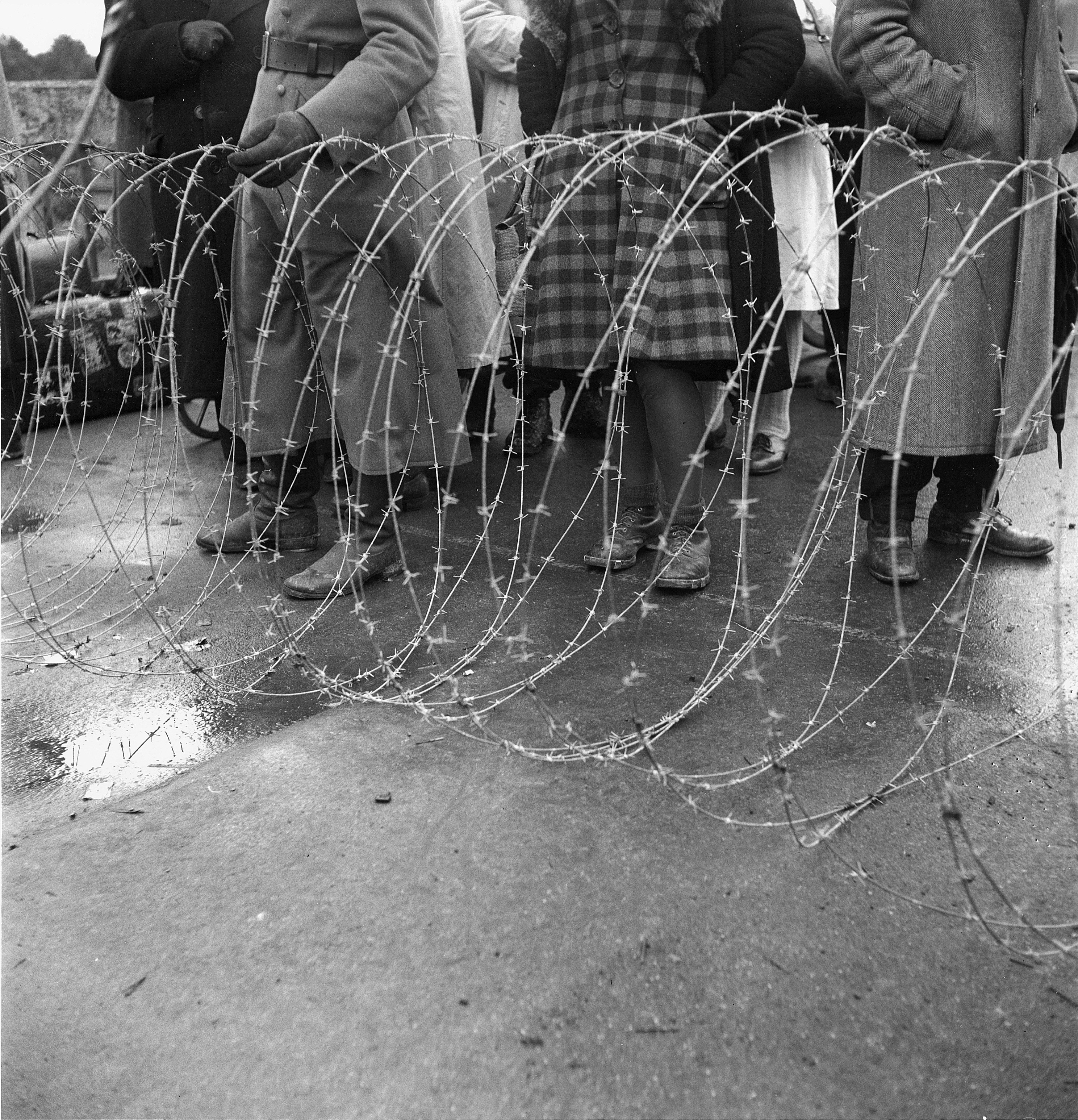
Fifteen years ago Swiss banks reached a settlement in a US lawsuit over money belonging to Holocaust survivors and heirs. Today, two diplomats involved in the crisis see the era from different perspectives, but agree that justice has been done.
In 1996, Thomas Borer was a young, up-and-coming Swiss diplomat serving in the ministry for foreign affairs in Bern. Madeleine Kunin was newly appointed by President Bill Clinton as the United States Ambassador to Switzerland.
Both were unaware that they were soon to become involved in a political crisis that would test the people and governments of the “sister republics” for several years.
In separate interviews with swissinfo.ch, the two former ambassadors reflected on the diverging interests and viewpoints that caused the dormant accounts controversy between the United States and Switzerland in the late 1990’s.
On August 12, 1998, Swiss banks UBS and Credit Suisse reached an agreement with the World Jewish Congress in a US lawsuit filed in 1995 in New York. The banks agreed to pay $1.25 billion (CHF1.16 billion) to victims of the Holocaust or their heirs.
Of that, $800 million was earmarked for repayment to people whose money had remained in Swiss bank accounts after the war. Another $425 million was designated for Holocaust survivors, refugees turned away at Swiss borders, and people detained to perform forced labour. Non-Jewish victims were also eligible for awards.
Identification of recipients of funds was handled by the Claims Resolution Tribunal, based in Zurich. Distribution of the money began in 2001, and was “nearly complete” in 2013.
How did it start?
In 1995 a class action lawsuit was filed in New York on behalf of the World Jewish Congress, alleging that Holocaust survivors and their heirs were being denied access to dormant Swiss bank accounts.
In Switzerland little attention was paid to the issue. According to Thomas Borer, “in general the Swiss bankers and the Swiss as a whole were of the strong belief that all the issues of the Second World War – Swiss banking, et cetera – were settled after the war”.
But they weren’t. In August 1996, Kunin arrived at the US Embassy in Bern. “The issue of Switzerland’s role during World War II was simmering when I arrived, and it really kept me occupied almost every day that I was ambassador, in one form or another,” she says.
Already in early 1996, US Senator Alfonse D’Amato of New York had begun holding hearings into the dormant Swiss bank accounts of Holocaust victims.
“The banks in particular took a long time to be cooperative,” says Kunin. “They put up very strong bureaucratic barriers for anyone who was seeking to find a dormant account.”
Because the focus was on the dormant accounts in the beginning, says Borer, the Swiss government believed that the demands of the World Jewish Congress should be handled by the banks. In May 1996 the Swiss Bankers Association and several Jewish organisations created the Independent Committee of Eminent Persons, headed by former Chairman of the US Federal Reserve Paul Volcker, to conduct an independent audit for the purpose of identifying dormant Swiss bank accounts.
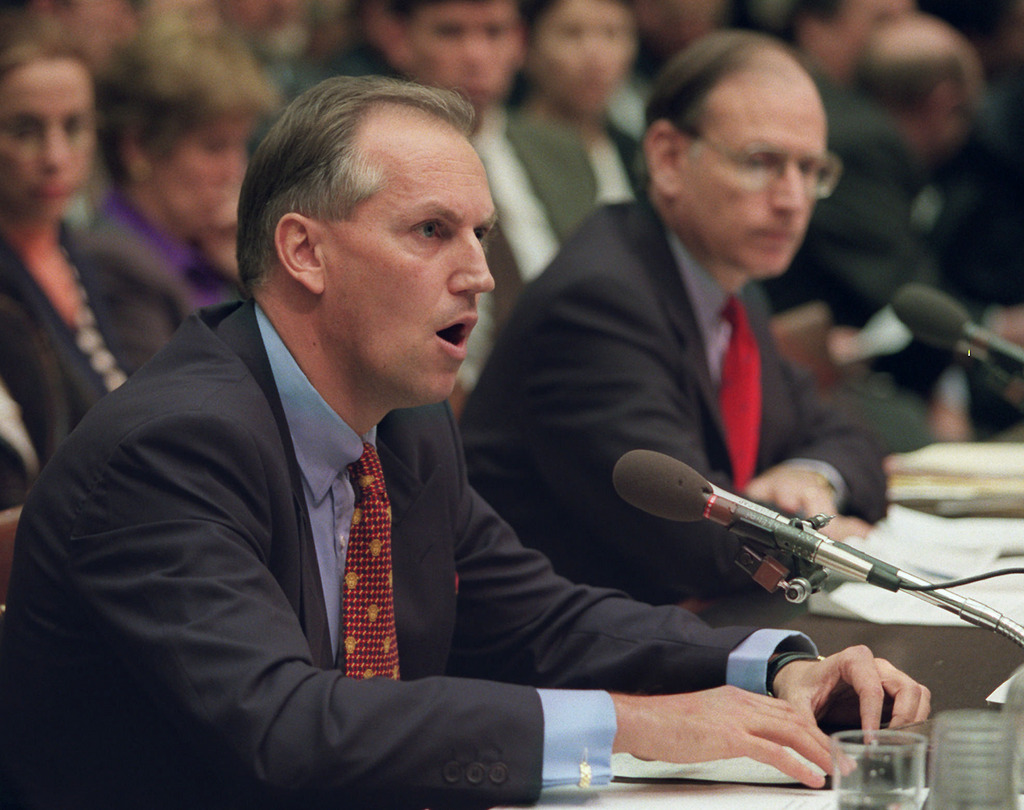
Swiss inertia
Meanwhile, in the early fall of 1996, President Bill Clinton asked Undersecretary of Commerce Stuart Eizenstat to investigate US and Allied efforts to recover and restore gold and other assets looted by the Nazis during the Second World War. A major storm was brewing. But it took a while for the Swiss government to recognise – and react to – the problem.
“Our political system, having no president but seven federal councillors, seven ministers, is not really adequate to handle political crises,” says Borer.
The issue had historical, legal, financial, economic and foreign relations aspects, each technically falling under a different department. “So we had five or six federal councillors involved and each of them thought maybe the others should take care,” Borer says.
In the end it was the minister of foreign affairs, Flavio Cotti, who took charge, and a task force was created to deal with the issue.
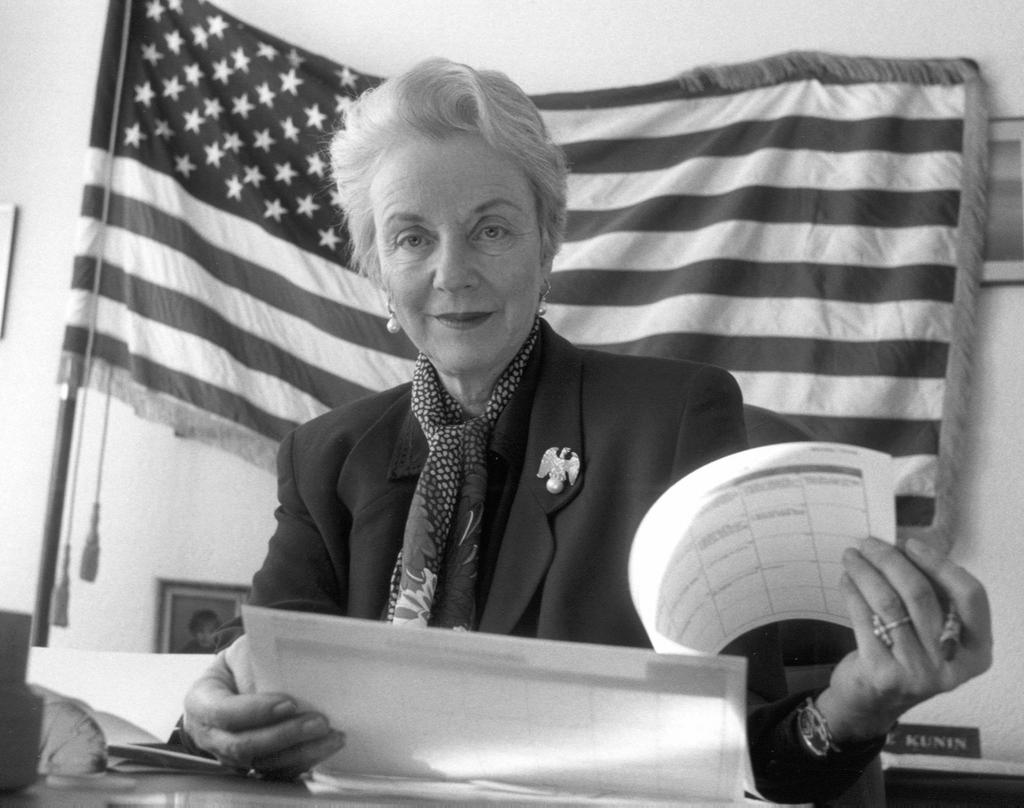
Taking action
The Task Force Switzerland Second World War was formed in October 1996, and Thomas Borer was invited to serve as its head. Borer was based in Bern, but “most of the time I was in an airplane, flying to New York, Washington, London, Israel and other capitals.” As the issue became more political, it also generated unrelenting media attention.
“I would say that from October 1996 on, there was a newspaper or media report every day in Switzerland,” Borer remembers.
One of the roles of the task force was to counter the negative publicity generated by the media and politicians in the US. In testimony before the Senate banking committee in May 1997, Borer assured Senator D’Amato that the Volcker Commission’s audit had “already begun to bear fruit and, as the banks have promised, not one penny that may have belonged to a Holocaust victim will remain in a Swiss bank”.
In addition to the Swiss task force headed by Borer, an independent international commission – headed by Swiss historian Jean-Francois Bergier – had been created by the Swiss Parliament in December 1996 to study Switzerland’s role as a financial centre in World War II. That commission’s objective, says Borer today, was “to find historical truth”.
The Independent Commission of Experts Switzerland – Second World War (ICE), headed by renowned Swiss historian Jean-François Bergier, was created through a Parliamentary decree on December 13, 1996, to “investigate the volume and fate of assets moved to Switzerland before, during and immediately after the Second World War from a historical and legal point of view”.
The “Bergier” commission comprised four Swiss and four non-Swiss members (from Britain, Israel, Poland and the US).
Among the topics it looked at were gold trading and foreign currency transactions, relations of Swiss industrial and commercial companies with the National-Socialist economy, the exploitation of forced labourers and Swiss refugee policy.
Between 1996 and 2002, with a budget of CHF 22 million ($23.8 million), the Bergier Commission released a number of reports, containing more than 11,000 pages and published in 25 volumes.
Its findings – among other things, that Swiss government and industry had cooperated with the Nazis, and that Switzerland had turned away thousands of Jewish refugees at its borders – were a shock to the Swiss.
Fanning the flames
One version of the truth was released on May 7, 1997, by Stuart Eizenstat – a report based on some 15 million pages of documents declassified and stored at the National Archives and Records Administration (NARA) outside of Washington.
Among other things, the report described Switzerland as “Nazi Germany’s banker” and claimed that Switzerland and other neutral nations benefitted from their trade and financial dealings with the Germans and helped prolong the war effort.
Borer remembers his reaction. “I had a chance to read the report a day earlier and I was shocked. At that time I was already a specialist in the Second World War and Switzerland’s role. And the findings of Eizenstat, and especially his political resumé, were just wrong. Even if historians found out the facts, he made another story out of it.”
Before the release of the report, “I would say most Swiss were in favour of solving this issue,” Borer says. But accusing Switzerland of helping Nazi Germany “was too much. So the resistance in Switzerland became very, very strong.”
According to Madeleine Kunin, the Swiss felt they were being treated unfairly. “There was a feeling, ‘Why are we being picked on? Why are we being examined?’ And I think for a long time there was a sense of denial that Switzerland had done anything wrong.”
Resolution
Kunin believes that not all Swiss opposed the investigations. “There were many younger people who felt that it was time for this chapter of Switzerland’s history to be debated and discussed,” she says.
And the Swiss banks began to realise that their reputation and economic future were being threatened, Kunin believes. “At the end I think there was cooperation, but it took a long time.”
In July 1997 the Swiss banks published a new list of dormant bank accounts, which would allow relatives to make claims. The list appeared in newspapers around the world. For Kunin this was not only a political achievement but a personal revelation. Born in Zurich in 1933, she had fled to New York with her Jewish family in 1940.
“The special moment in my life came when I found my mother’s name on one of the lists, as having a dormant account,” she says. “And suddenly I was part of the story.”
The story took a long time to reach a conclusion. “At the end both sides were exhausted,” Borer remembers.
Finally, on August 12, 1998, the Swiss banks agreed to return $1.25 billion (CHF1.16 billion) to Holocaust victims and their heirs. The settlement – and the long process leading up to it – was presided over by New York Judge Edward R Korman, who Borer says “did a great job of bringing the parties together….”
In 2013 – 15 years later – Judge Korman has filed orders regarding the final distribution of funds from the settlement accounts and the offices of the Claims Resolution Tribunal have closed.
“Sometimes these things need time for both sides to understand it,” says Borer. Reflecting back, he concedes that “maybe we Swiss had a too positive view of our role in the Second World War.” Still, he stresses that Switzerland was “in a very tough position. . . . We didn’t have the luxury of having an ocean and a half between us and Nazi Germany. We had the River Rhine.”
Ultimately, Thomas Borer believes the agreement reached was “a very good settlement for both sides. It put an end to the quarrels which took over three years. I think it brought closure.”
Former US Ambassador Madeleine Kunin agrees. “I think after so many years it’s hard to return everything to everyone. But considering how difficult that task was, I would think we came close to seeing justice being done. Like many chapters of history it was complicated. But in the end I left feeling Switzerland had done the right thing.”
As far back as 1945, Switzerland was under pressure from the United States, which was searching for Nazi assets in Switzerland and elsewhere, says Hans Ulrich Jost of the University of Lausanne, a historian during the dormant accounts controversy.
Switzerland – and in particular Swiss banks – refused requests for information about bank accounts in the name of banking secrecy. From Switzerland there was “clearly aggressive criticism” of American politics in 1946, says Jost, and a belief that pressure by the US State Department was directed by the Jewish community, and would destroy the Swiss banking system.
In spite of this, in a 1946 Swiss-US treaty annexe, Switzerland agreed to conduct searches for Jewish assets in banks, says Jost. And in the years that followed, notably in 1960, the Swiss government attempted to force banks to investigate the issue, but financial institutions resisted “any control of assets”, he says. “The government didn’t insist, and so we arrived at this situation in the 1990s.”
Left and rightwing political parties have different impressions of how the dormant assets controversy was handled, according to Jost. However in the 1990s, pressure from the United States and the Jewish organisations was so great that a majority of Swiss politicians accepted a critical view of Switzerland during the Second World War.
When the final report of the Bergier commission was released (see infobox), it was seen as defending the US and Jewish perspectives. According to Jost, the cabinet and parliament never discussed the findings, although they had agreed to when the committee was formed. “This was the first sign that politicians were changing,” Jost notes.
In the past ten years, he says, “we have had a kind of backlash, and now we are again in a situation where Switzerland’s politics during the Second World War are being presented in a patriotic way – and not in a very objective way”. He claims that for instance the rightwing Swiss People’s Party demanded that “all critical remarks about Swiss politics” be removed from a new textbook being produced for Zurich schools.

In compliance with the JTI standards
More: SWI swissinfo.ch certified by the Journalism Trust Initiative



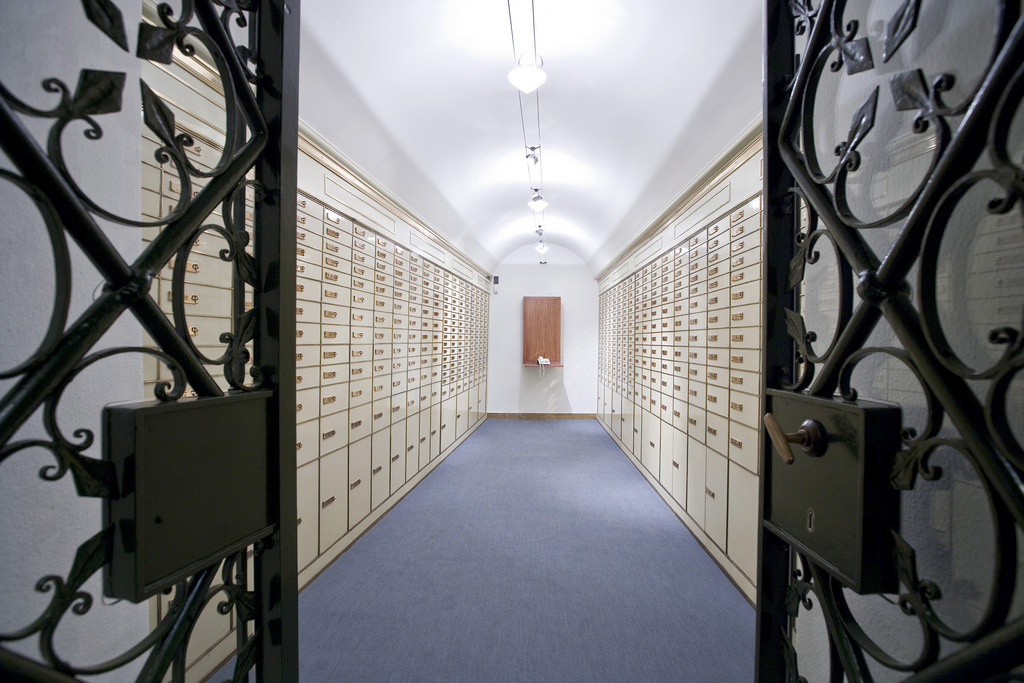
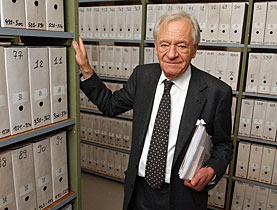
You can find an overview of ongoing debates with our journalists here. Please join us!
If you want to start a conversation about a topic raised in this article or want to report factual errors, email us at english@swissinfo.ch.